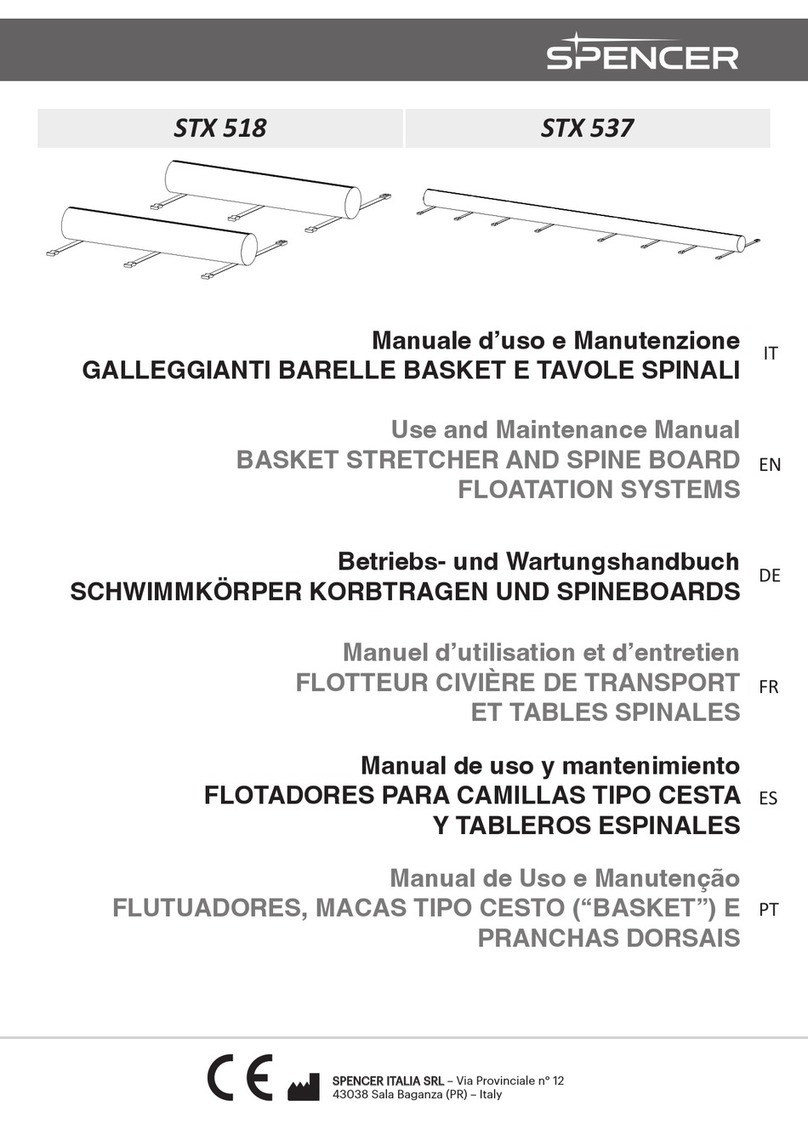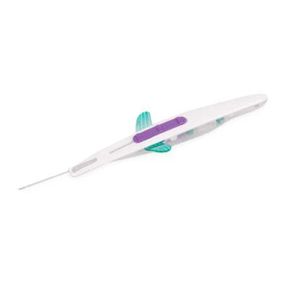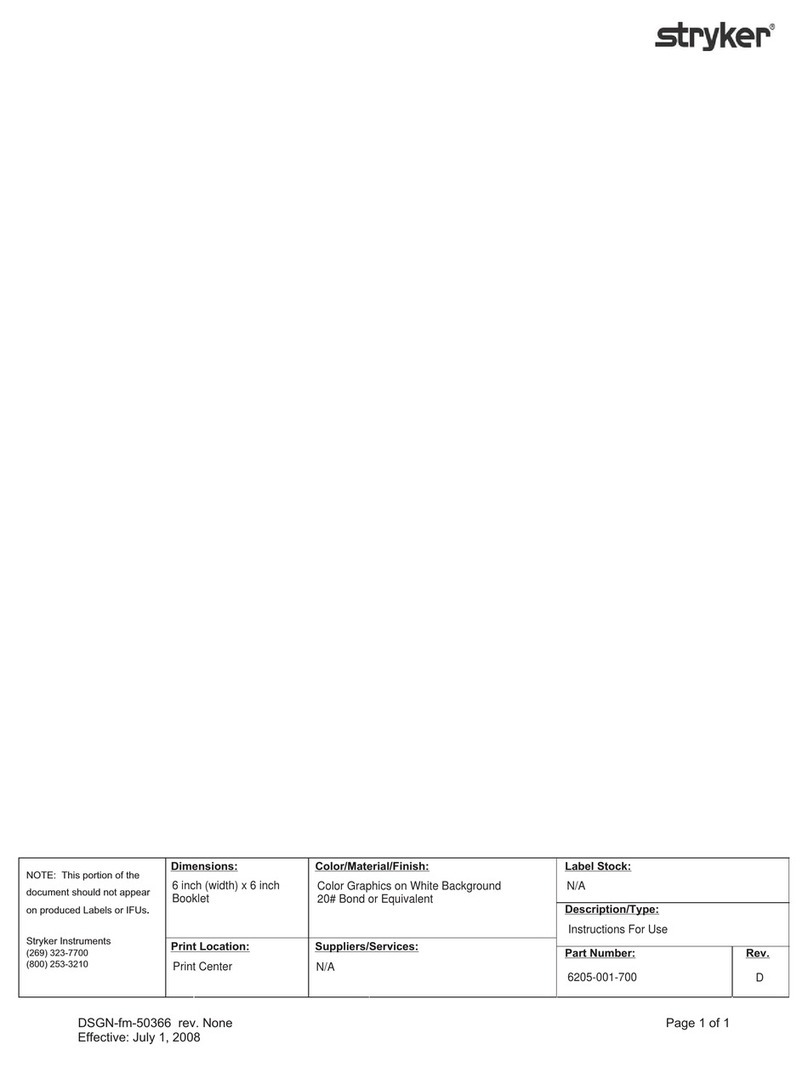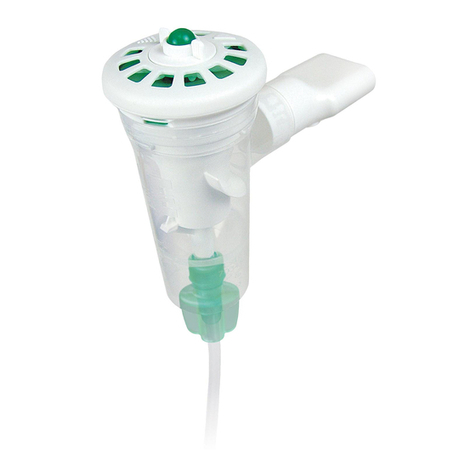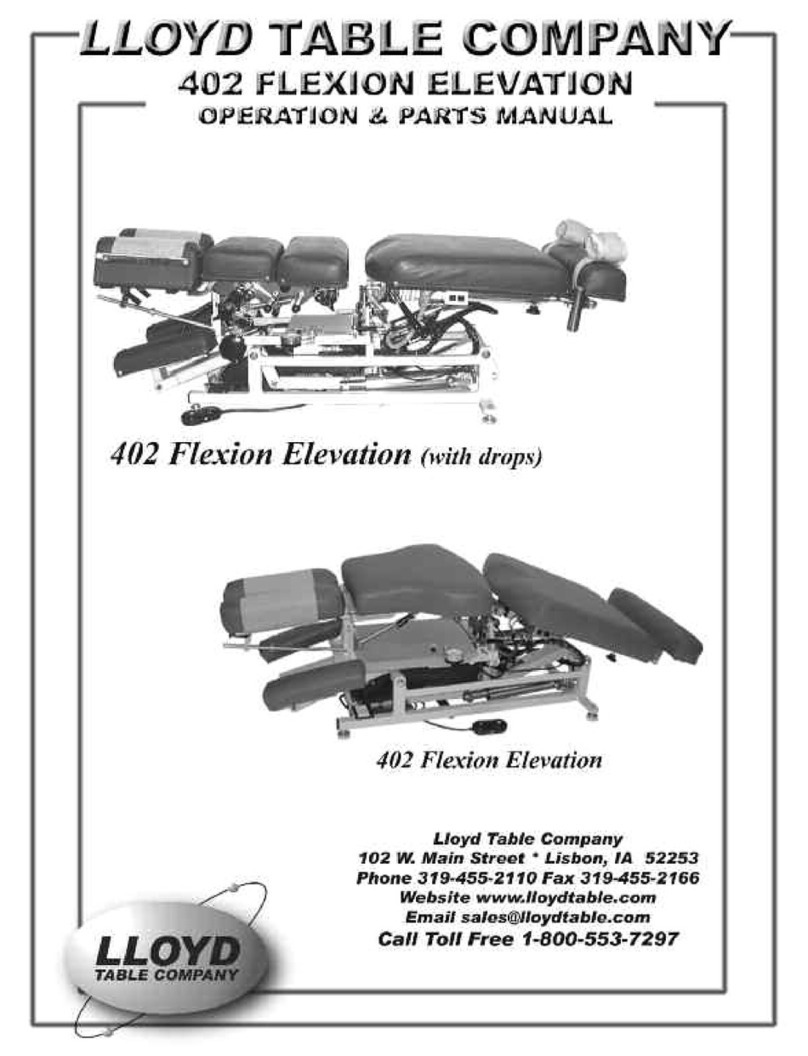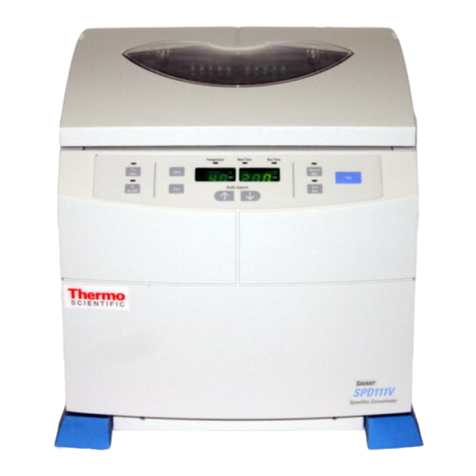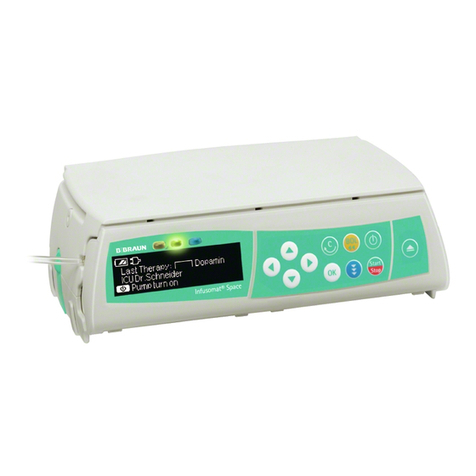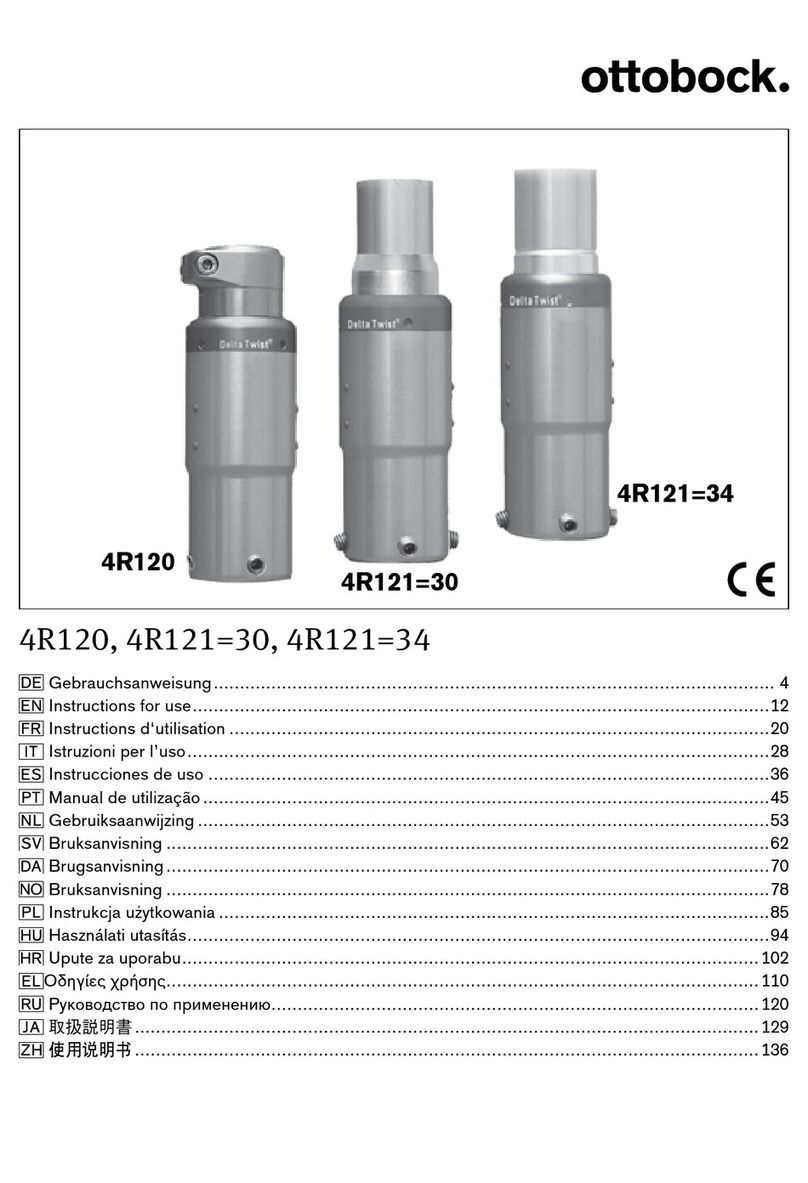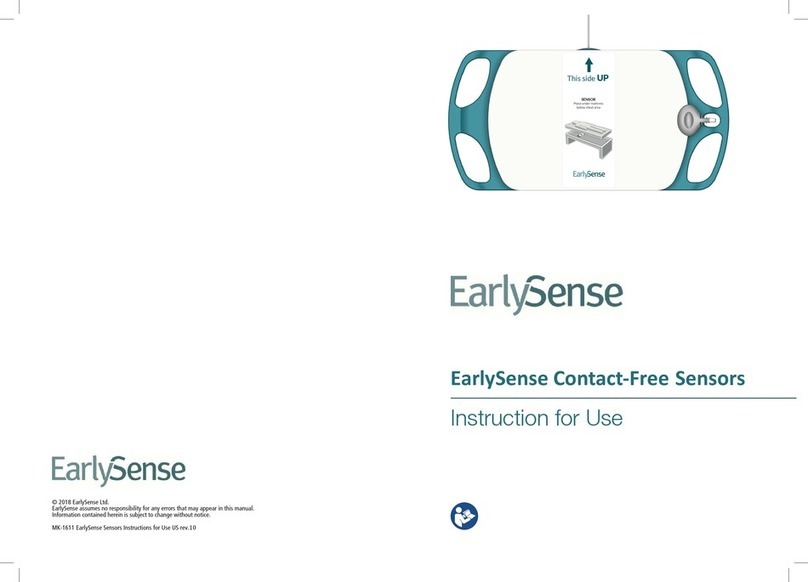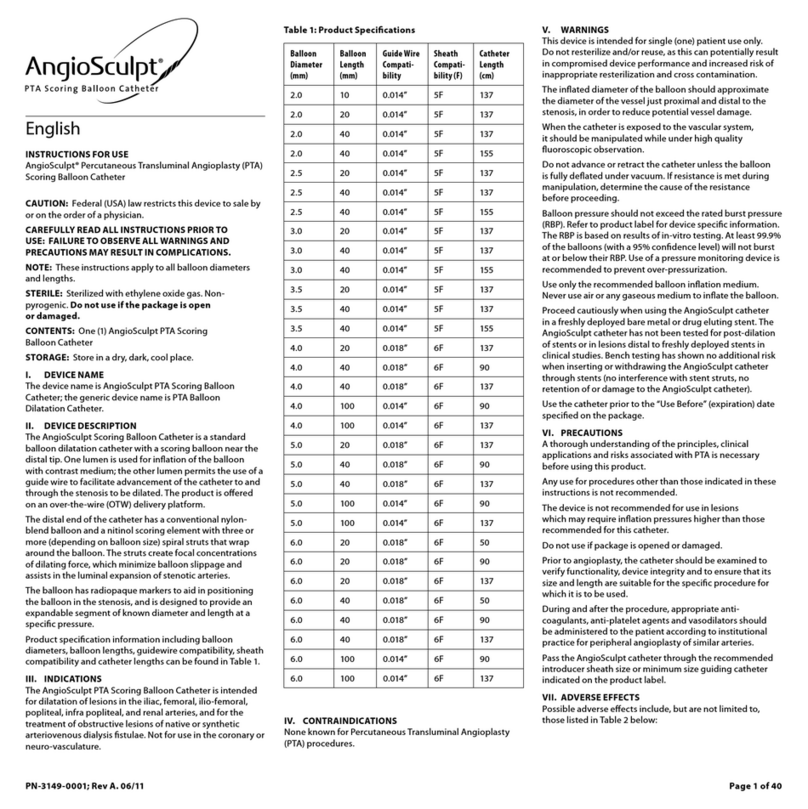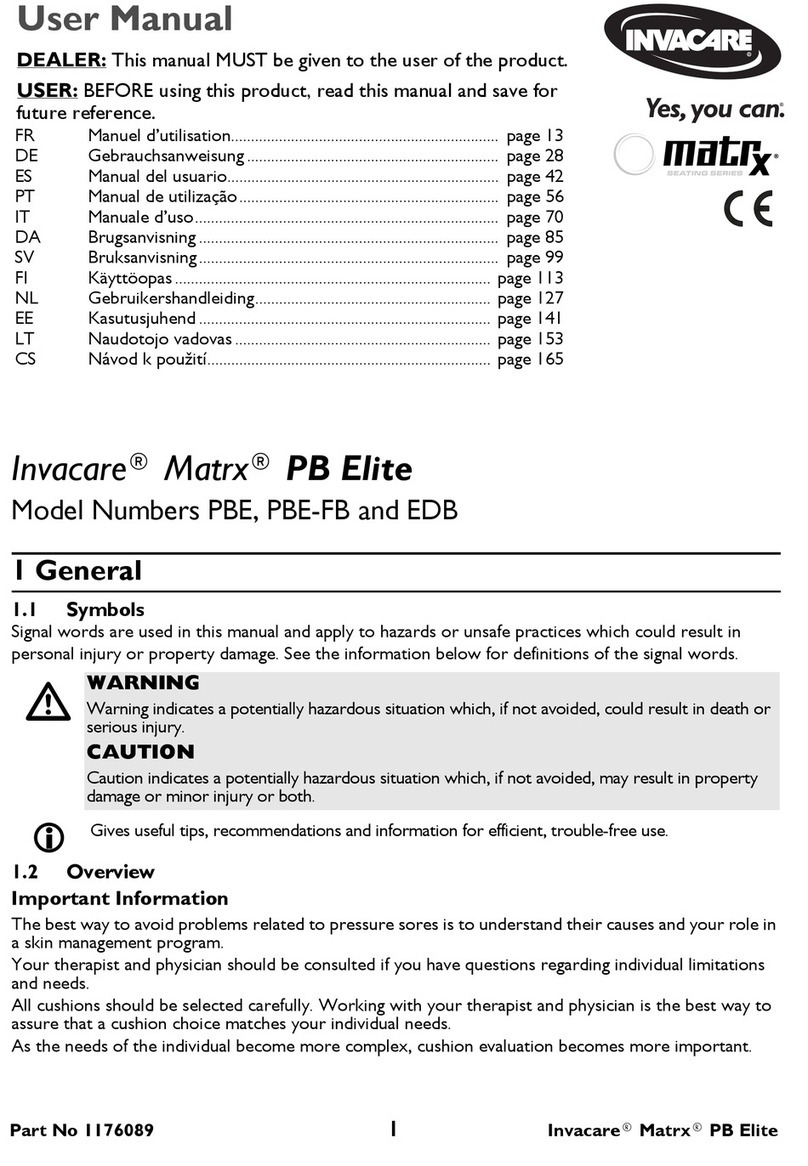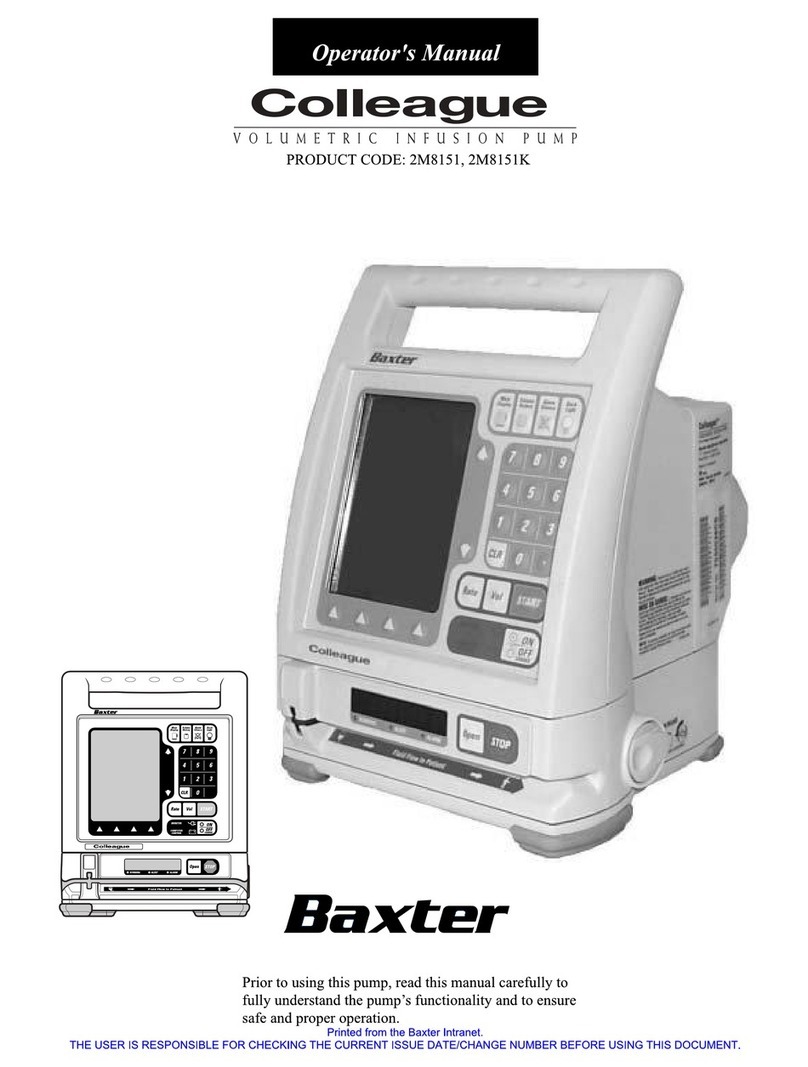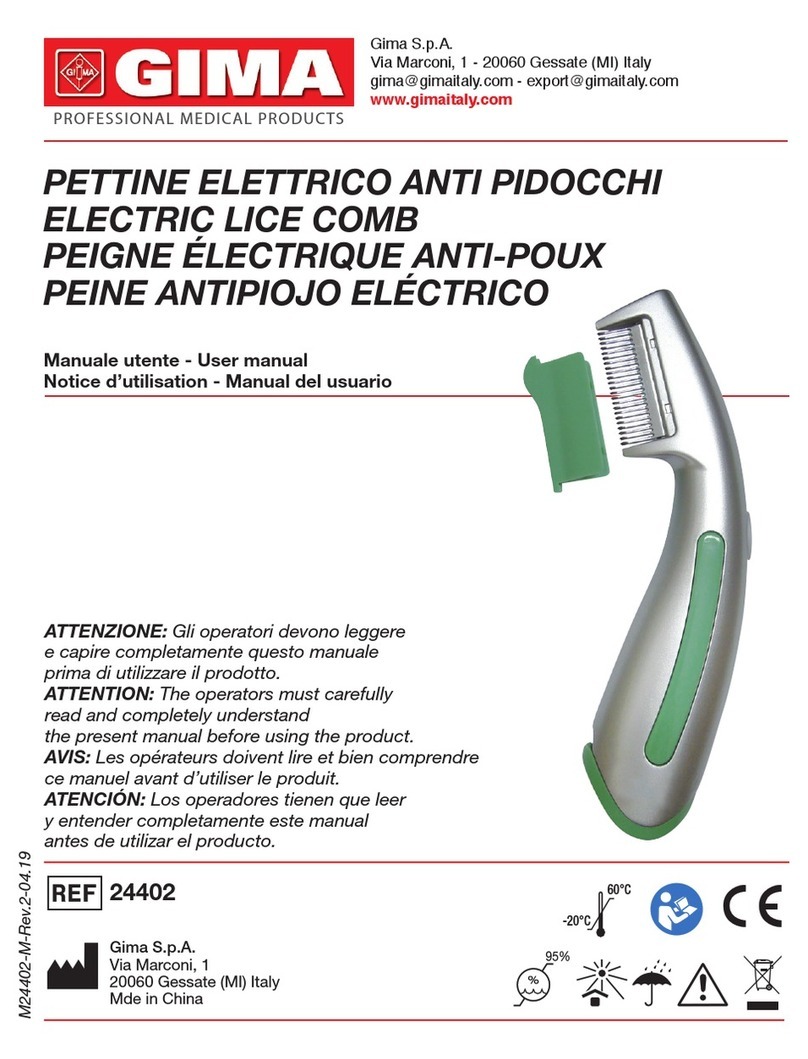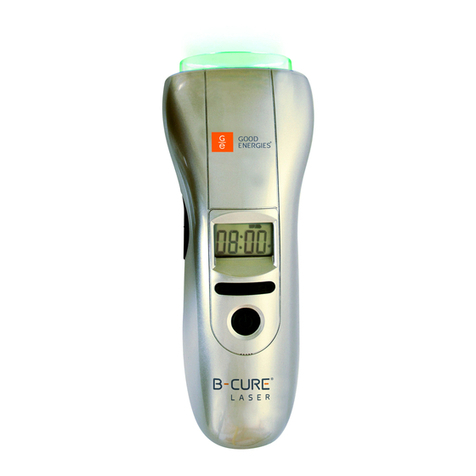
1. To avoid cross infection caused by various viruses and bacteria, avoid sharing
the same set of nasal oxygen tubes and oxygen masks amongst multiple
users.
2. It is recommended that you turn off the power switch and unplug the power
cord when it is not in use.
3. You should only use water that meets the specified requirements in the
humidification bottle, do not alter the specifications at random, as it might
cause discomfort or disrupt oxygen therapy.
4. If you use your oxygen concentrator at an elevation of more than 2000
metres, it will result in less than 90% oxygen purity at maximum flow rate.
5. The nasal oxygen tube should not be placed or blocked by any kind of
weight while using the machine.This will ensure the nasal tube’s efficiency
in the ongoing oxygen therapy.
6. If you are facing any issues or come across any abnormal alarms, please
contact your dealer or manufacturer immediately.DO NOT DISASSEMBLE
OR REPAIR THE MACHINE BY YOURSELF OR SEEK
UNPROFFESSIONAL HELP.
7. Do not open the machine shell or internal body for servicing or
maintenance, always contact the manufacturer or a certified professional.
8. Do not use your device under the conditions of strong magnetic field
environment. It should be placed in a clean, dust-free, non-corrosive and
non-poisonous environment.
9. The product should be placed in a well-ventilated environment and the air
source inlet should be in a place at the least exposure to pollutants like
burning gas, exhaust system, air vents, anaesthesia vacuum
exhaust ports etc.
10. Do not use the power supply socket at the same time with other electrical
appliances.
11. Strictly prohibit any contact of your device with oil, grease or any
combustible oily liquid. Do not lubricate the parts of your machine for any
reason like need to connect to other pipelines, valves, connectors etc.
12. Before using and installing your device make sure it is cleaned properly
and ensure no oil or grease is present.
13. Keep the oxygen concentrator away from any wall . Ensure a
distance of no less than 30 cm. This will regulate the exhaust flow from
the bottom, otherwise it might overheat, resulting in damage to the oxygen
concentrator.
14. You should not turn on and off your device frequently and at short intervals
because this reduces the service life of the compressor and shortens the
machine's lifespan.
15. This device is only used to facilitate oxygen supply, in the rated flow with
purity and output may go up to 93%.
SAFEGUARD MEASURES
4




















